I have perennial depression, my personal doctor told me that can be treated with light therapy, I do not understand at first, I bought a common lamp, but after using for a period of time, did not feel the slightest effect, the back of my personal doctor told me that the common lamp is not useful, you need to specialize in light therapy lamps to be able to do, this is the time to understand the difference between the common lamps and light therapy lamps is not in the brightness, but has different wavelengths to affect the physiological It was only then that I realized that the difference between ordinary lamps and phototherapy lamps is not in the brightness, but in the different wavelengths to affect the physiological functions.
The Science Behind Why These Lamps Are Actually Different
Let me start with what shocked me most: the light intensity difference is staggering. While I was sitting under my regular desk lamp producing maybe 300 lux, I needed to be getting 10,000 lux for therapeutic effects. That's not just brighter—it's 30+ times more intense than typical indoor lighting.
Here's what I discovered about the real differences:
- Light Intensity That Actually Matters Light therapy lamps emit 5-20 times more lux than standard lamps, but the magic number is 10,000 lux at a specific distance. Regular home lights produce around 150 lux, while light therapy lamps reach up to 10,000 lux. When I measured my "bright" reading lamp with a lux meter, it barely hit 800 lux—nowhere near therapeutic levels.
- The Spectrum Difference Nobody Talks About Regular lamps scatter light across the entire spectrum, often including blue wavelengths that can mess with your sleep. Light therapy lamps are engineered to emit specific wavelengths that trigger biological responses without the harmful effects. I learned this the hard way when my blue-heavy LED desk lamp actually made my sleep worse while I was trying to treat my SAD.
-
UV Protection You Don't Get with Regular Lamps This was a revelation to me: quality light therapy lamps filter out harmful UV rays while maintaining therapeutic intensity. Regular bright lamps, especially halogen ones, can expose you to UV radiation that ages your skin and damages your eyes. Light therapy lamps give you the benefits of sunlight without the risks.
Why Your Regular "Daylight" Bulb Isn't Cutting It
I spent months thinking my "full spectrum daylight" bulbs would work for light therapy. They didn't, and here's why:
The Distance Problem A SAD lamp should offer brightness of 10,000 lux, but this measurement is taken at a specific distance—usually 12-24 inches from your face. My ceiling-mounted daylight bulbs were too far away to deliver therapeutic intensity, even though they felt bright.
Directionality Matters Light therapy lamps are designed to direct light downward at an angle, mimicking natural sunlight. Regular lamps scatter light in all directions, wasting most of the output. I needed concentrated, directional light hitting my retinas at the right angle—something my table lamps couldn't provide.
The Color Temperature Trap Many "daylight" bulbs advertise 6500K color temperature, which sounds right for light therapy. But color temperature alone doesn't create therapeutic effects. You need the right intensity, at the right distance, with the right spectrum—a combination only purpose-built light therapy lamps deliver.
Real-World Differences I Experience Daily
After switching to an actual light therapy lamp, the differences became obvious:
Morning Energy Changes With my light therapy lamp, I sit 18 inches away for 30 minutes while drinking coffee. They're used each morning for 20-30 minutes to trick the body into producing serotonin and melatonin. The intensity wakes me up naturally—something my bright desk lamp never achieved despite running it for hours.
Eye Strain Differences Quality light therapy lamps are designed to minimize glare while delivering high-intensity light. My old "bright" lamps caused headaches and eye strain because they weren't engineered for sustained, close-up use. The diffusion technology in therapy lamps makes 10,000 lux comfortable for extended periods.
Portability and Purpose Regular lamps are designed for room illumination. Light therapy lamps are built for personal use—compact, adjustable, with features like timers and gradual brightness adjustment. My therapy lamp travels with me; my regular lamps stay put.
The Technical Specifications That Actually Matter
When I was shopping for my light therapy lamp, I learned which specs actually impact effectiveness:
Lux Output at Specified Distance Don't fall for vague "bright light" claims. An effective box should emit 10,000 lux of illumination at 12-24 inches. Regular lamps rarely specify lux output because they're not designed for therapeutic use.
Light Surface Area Larger light surfaces provide more even coverage and reduce the need for precise positioning. My compact regular LED panel required perfect head positioning; my therapy lamp works even when I move around.
Medical-Grade Construction This was a game-changer for me: medical-grade light therapy lamps meet specific safety and performance standards that regular lamps don't. They're tested for sustained operation, UV filtering, and consistent light output over time.
The Cost Reality Check
Yes, light therapy lamps cost more than regular lamps—typically $100-1000 versus $20-50 for bright regular lamps. But when I calculated the real costs, the therapy lamp was cheaper:
- I bought three different "bright" regular lamps trying to make them work: $200 total
- My light therapy lamp cost $150 but actually delivered results
- The energy efficiency of LED therapy lamps saves money long-term
- Most quality therapy lamps come with warranties that regular lamps don't
When Regular Lamps Might Work
I'll be honest about the few situations where regular lamps might provide some light therapy benefits:
Extremely High-Output Industrial Lamps Some photography or work lamps can hit 10,000+ lux at close range. But they're not designed for daily personal use, lack UV protection, and often create uncomfortable glare.
Multiple Regular Lamps Combined Theoretically, you could surround yourself with multiple bright regular lamps to boost lux levels. I tried this—it was impractical, energy-wasteful, and still didn't provide the right spectrum or coverage.
Seasonal Support Only If you're not treating clinical SAD but just want extra light during winter, some high-quality daylight lamps might provide minimal benefits. But if you're serious about light therapy, purpose-built lamps are essential.
Making the Right Choice for Your Situation
After using both types extensively, here's my practical advice:
Choose Light Therapy Lamps If:
- You're treating SAD, depression, or sleep disorders
- You need consistent, measurable therapeutic benefits
- You want evidence-based results backed by research
- You plan to use light therapy regularly (daily/weekly)
Regular Bright Lamps Might Work If:
- You just want better room lighting during dark months
- You're not treating specific medical conditions
- You already have good mental health but want marginal improvements
- Budget is extremely tight and you understand the limitations
The Bottom Line From My Experience
The difference between light therapy lamps and ordinary lamps is not in the brightness, but mainly in the different light colors, wavelengths, frequencies, light therapy lamps are non-invasive treatment for the user, and have been proved by many research institutes to be feasible. Including FDA verification. Regular lights illuminate a room; light therapy lights are medical devices designed to improve mood and regulate circadian rhythms. This difference is worth your money.

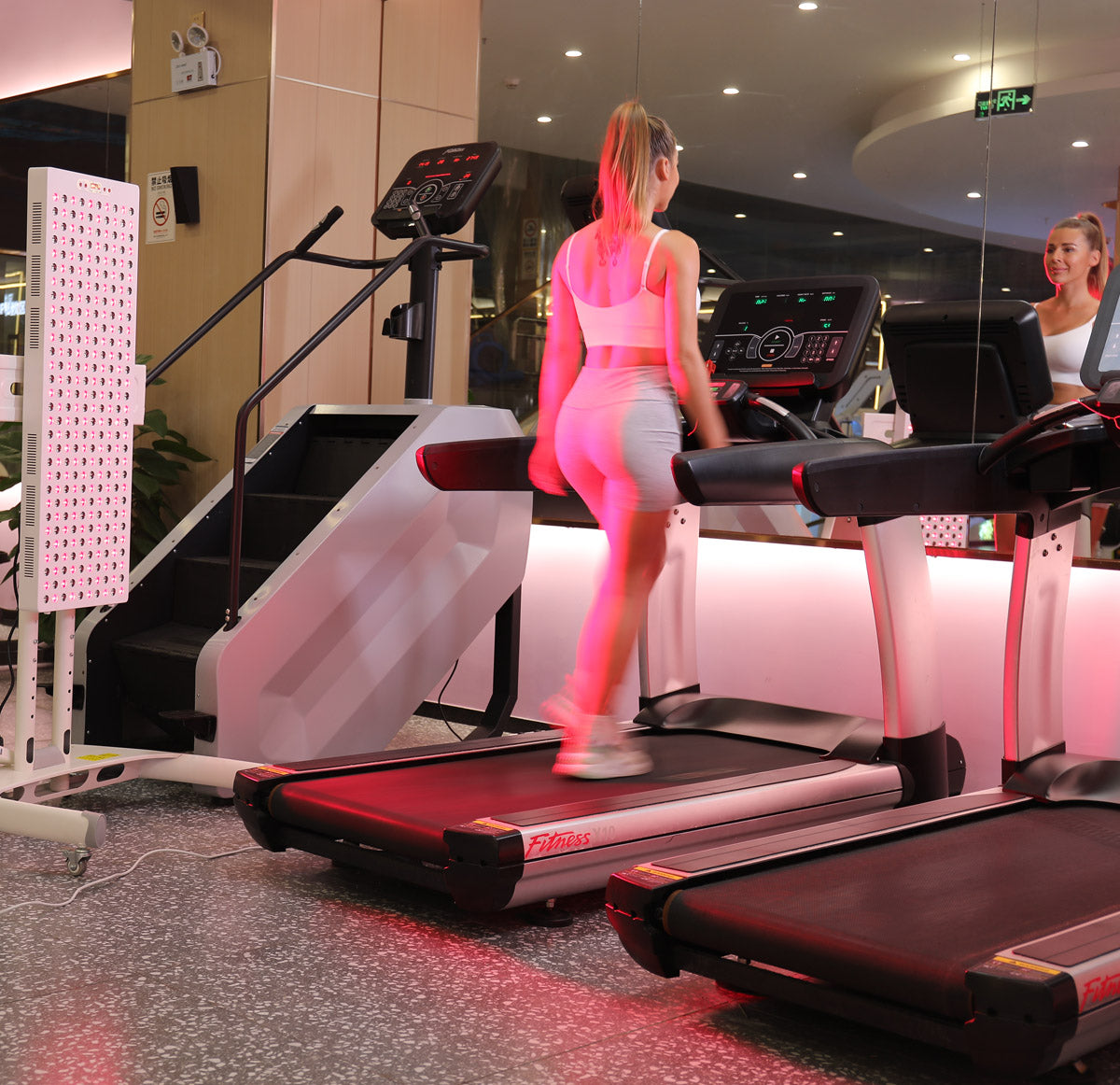
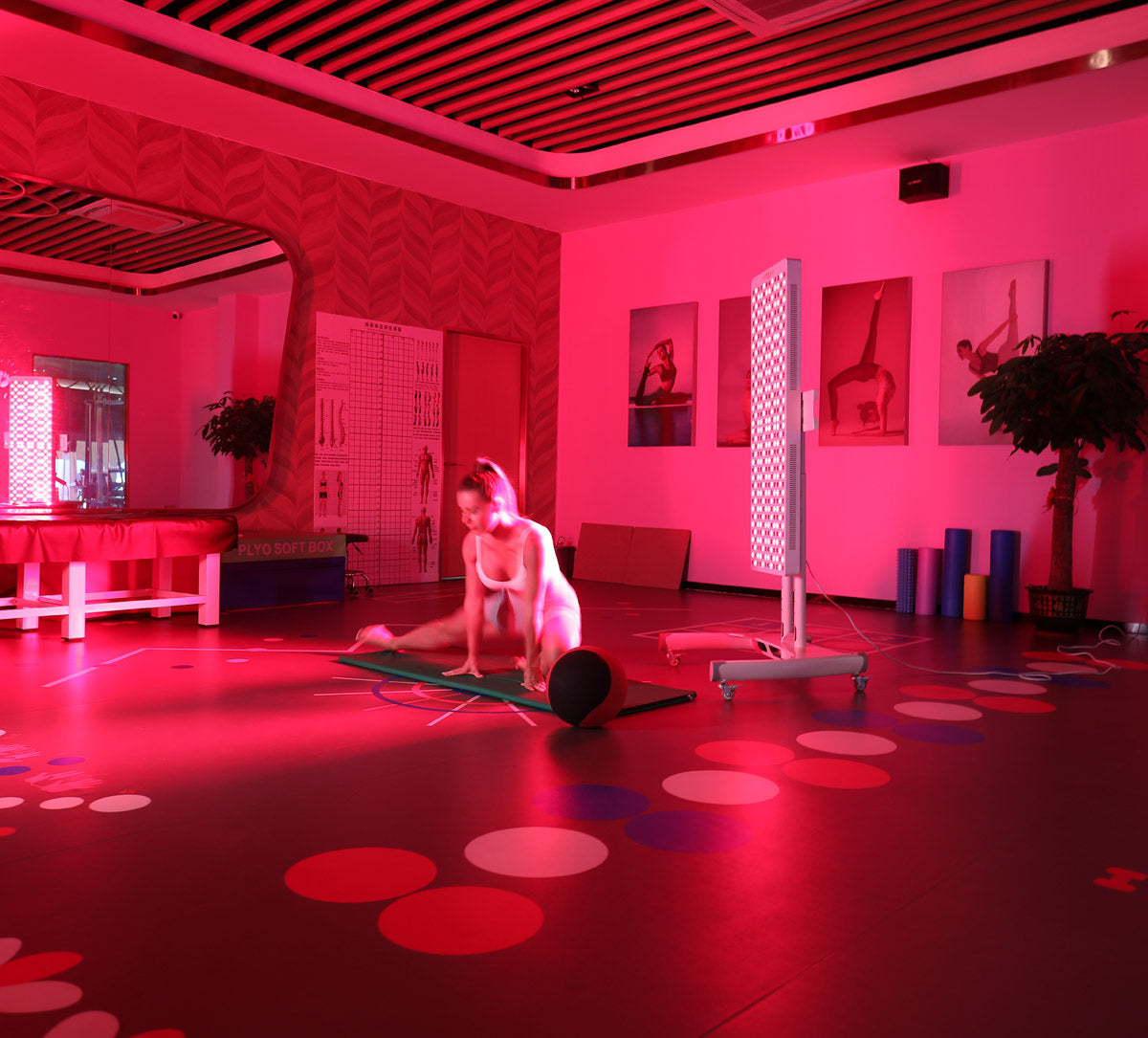
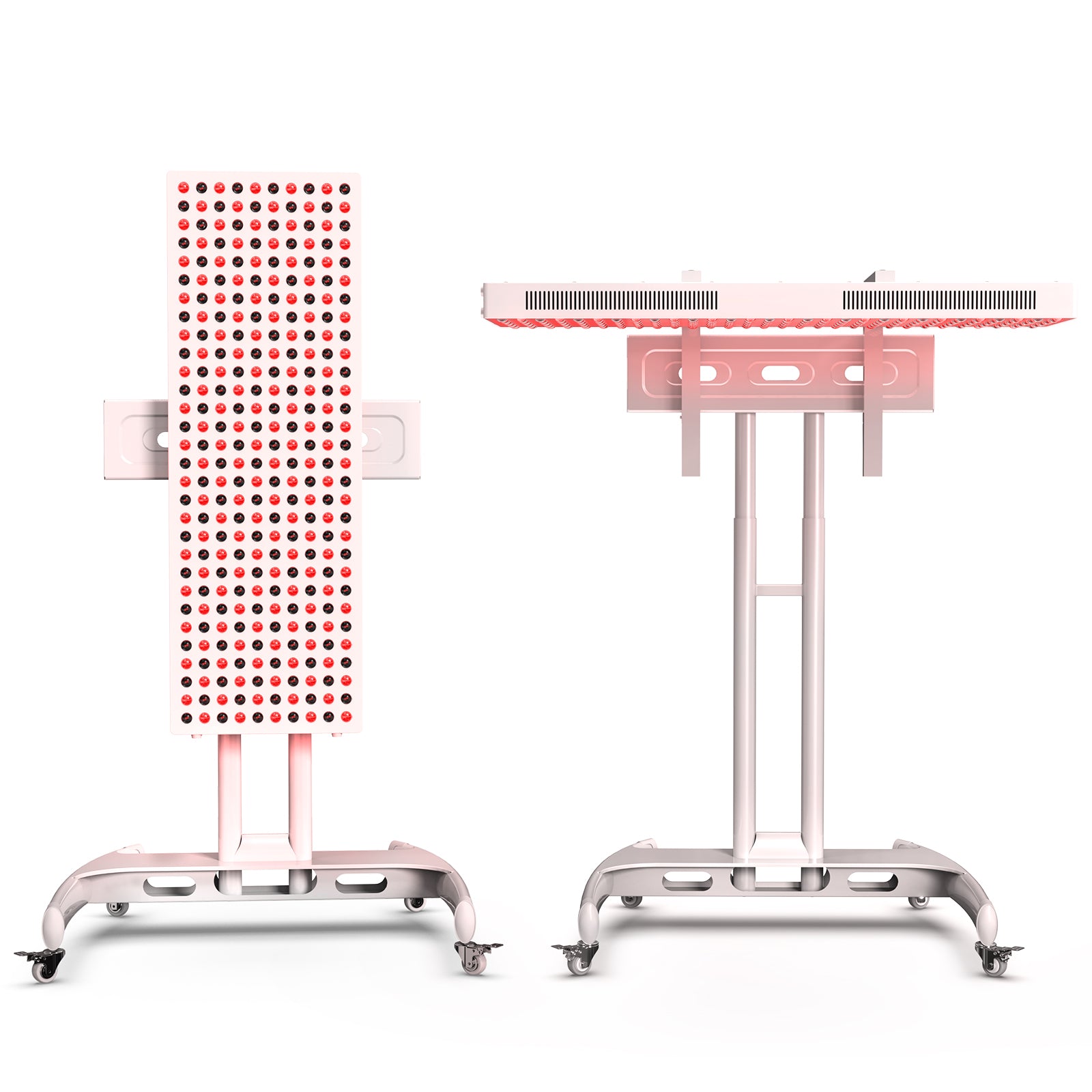
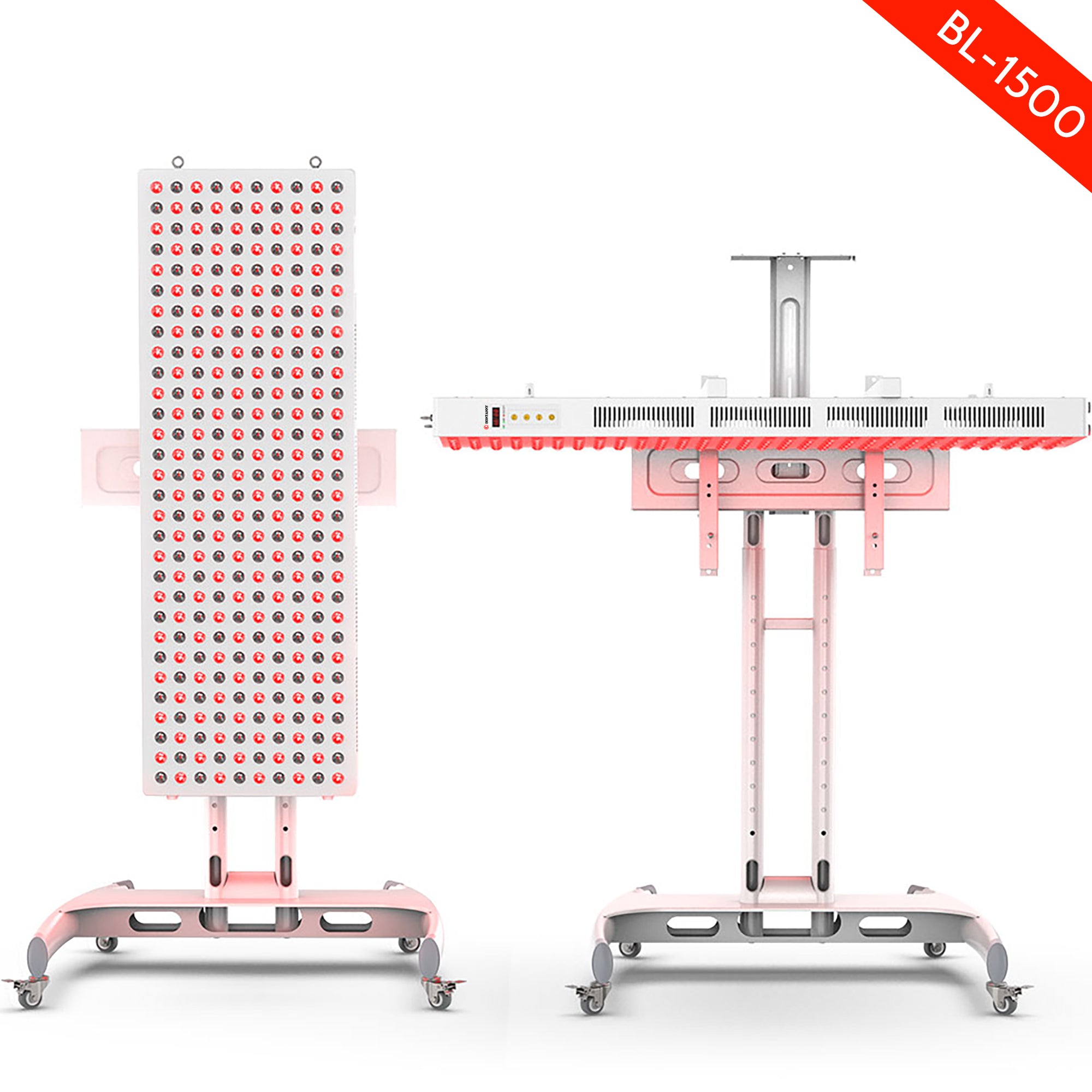
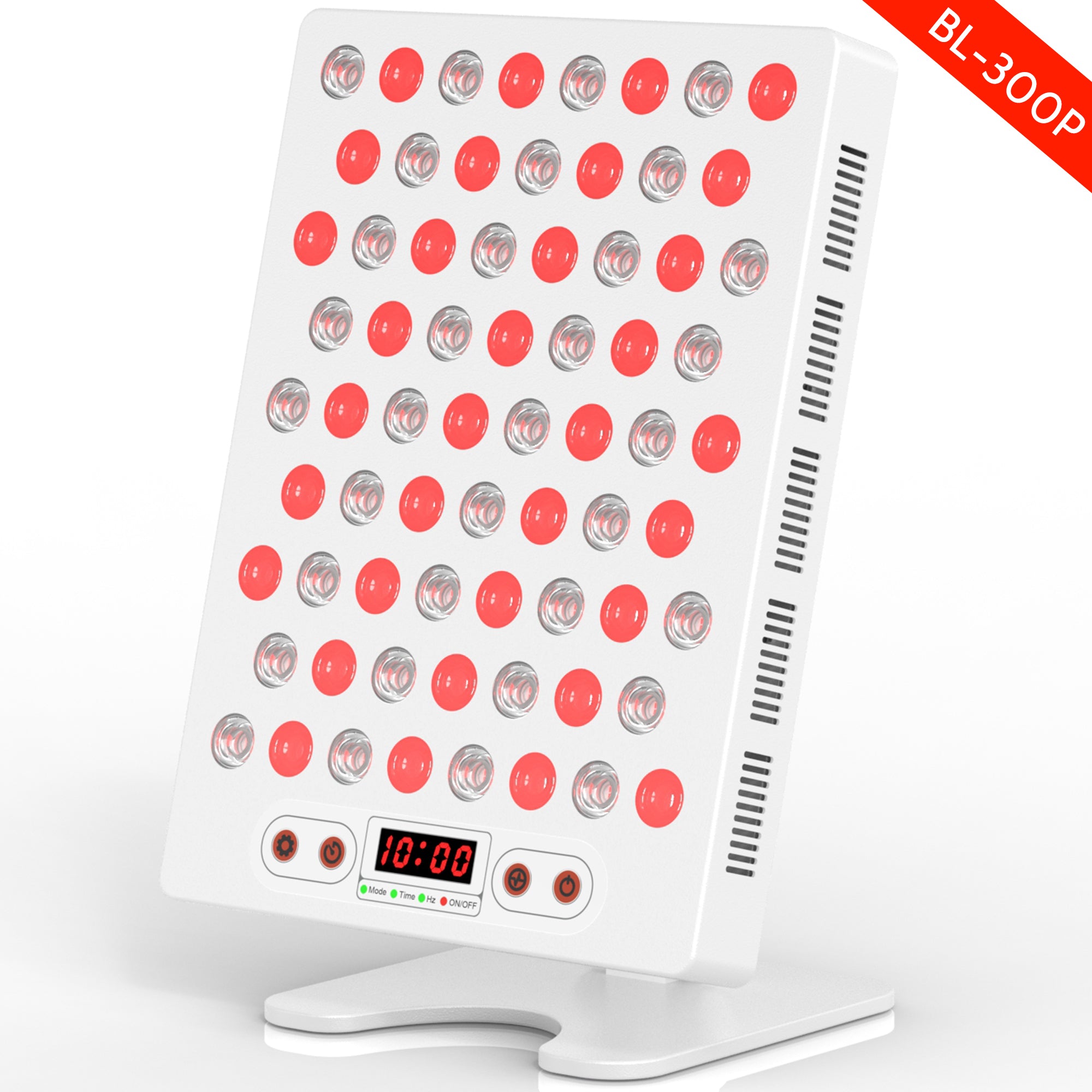
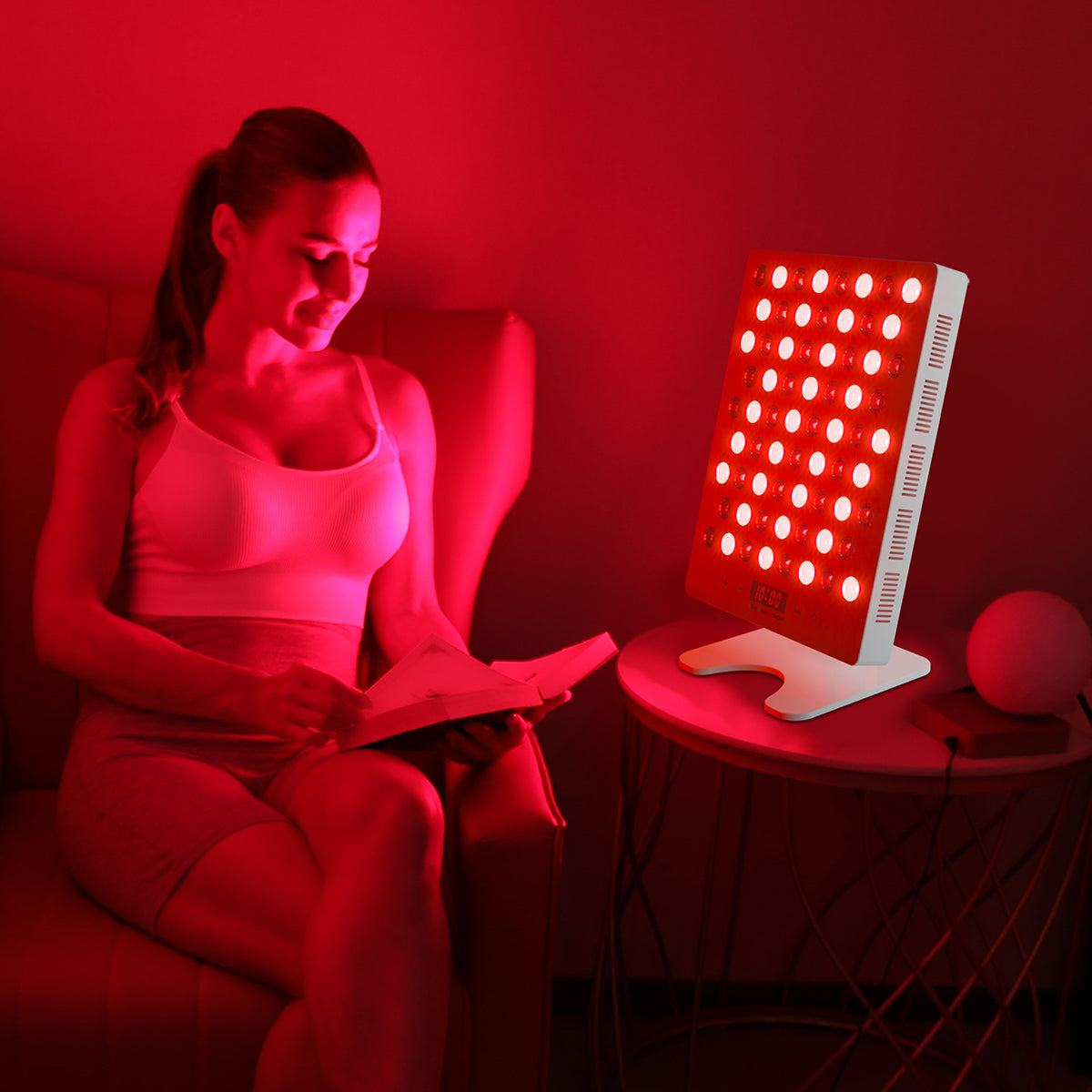
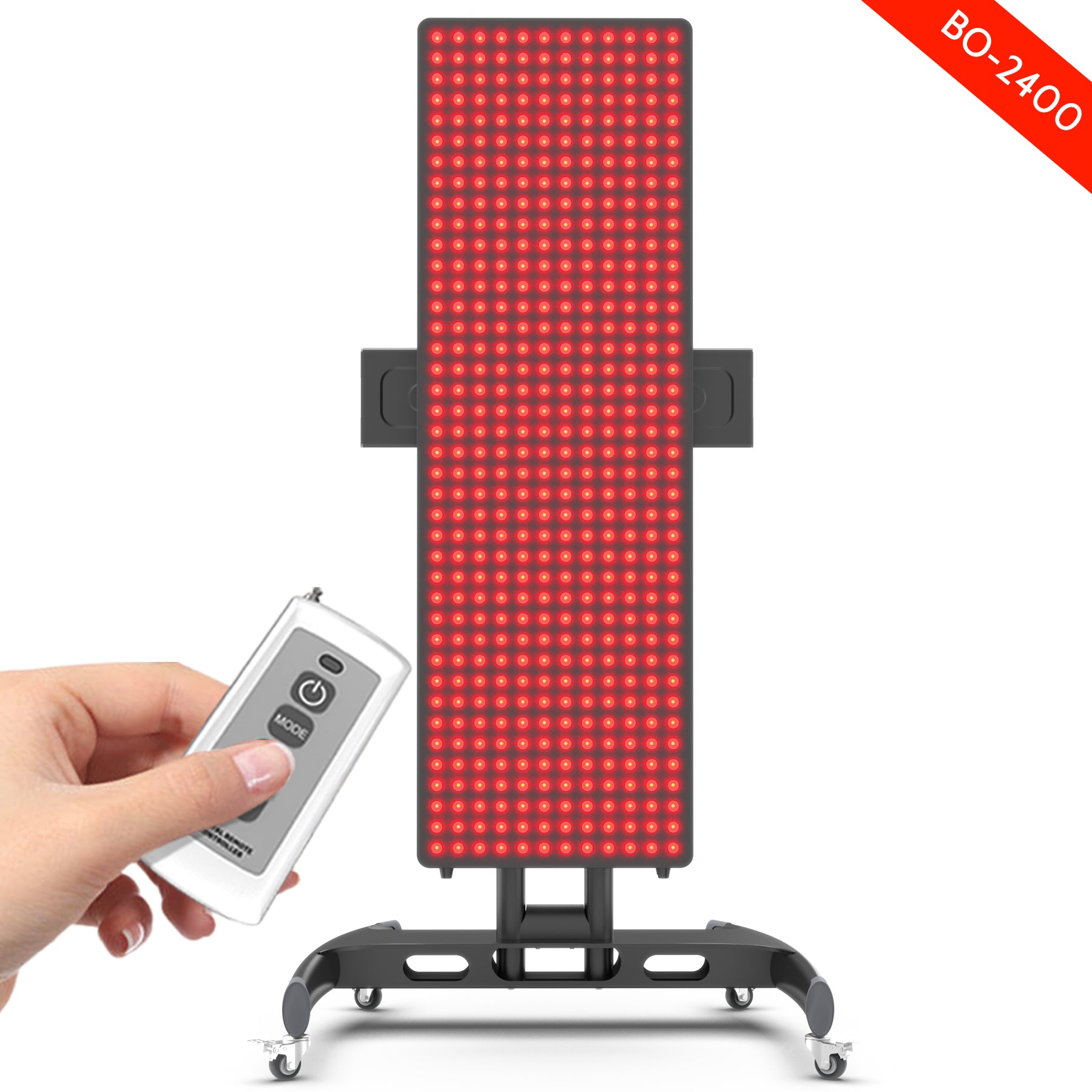
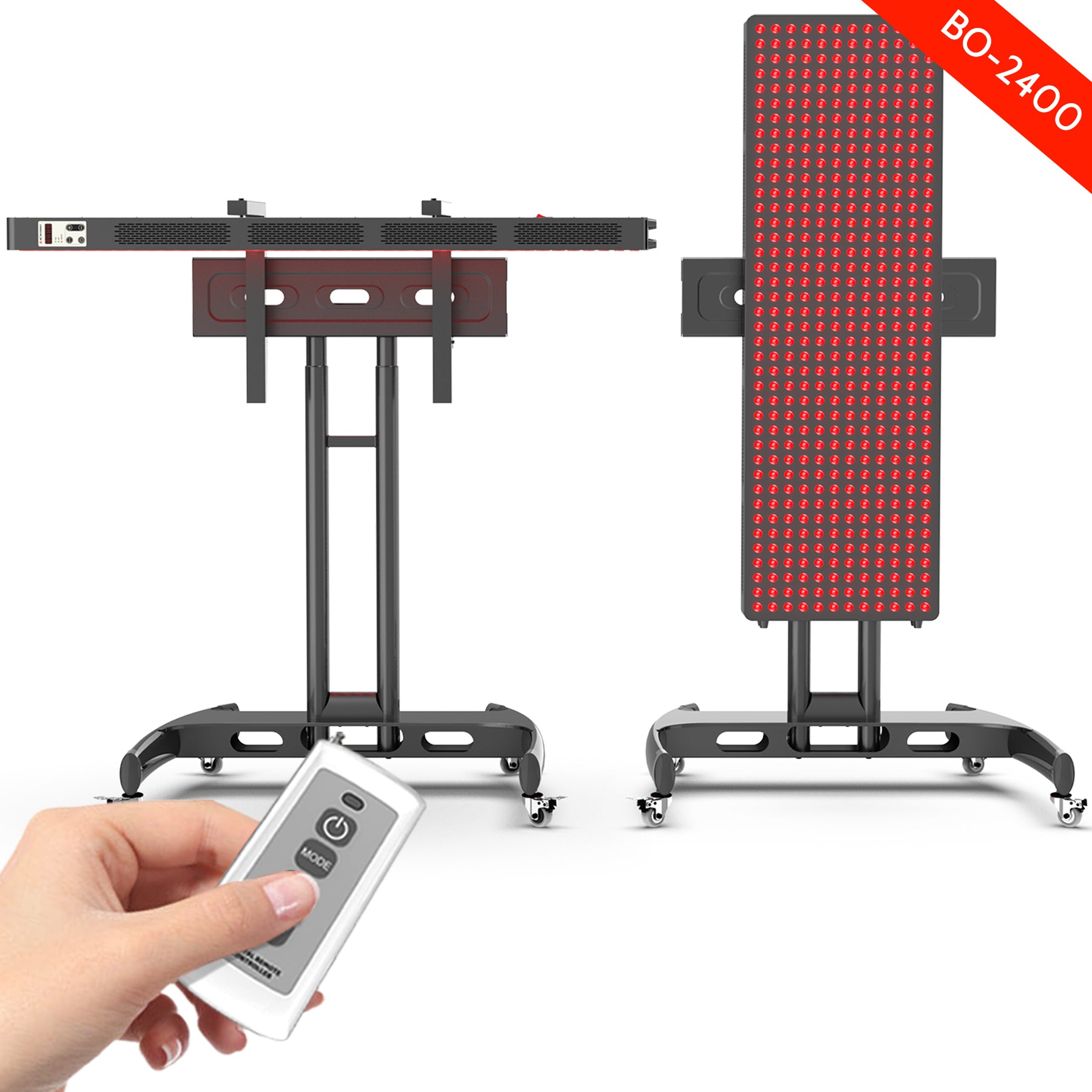
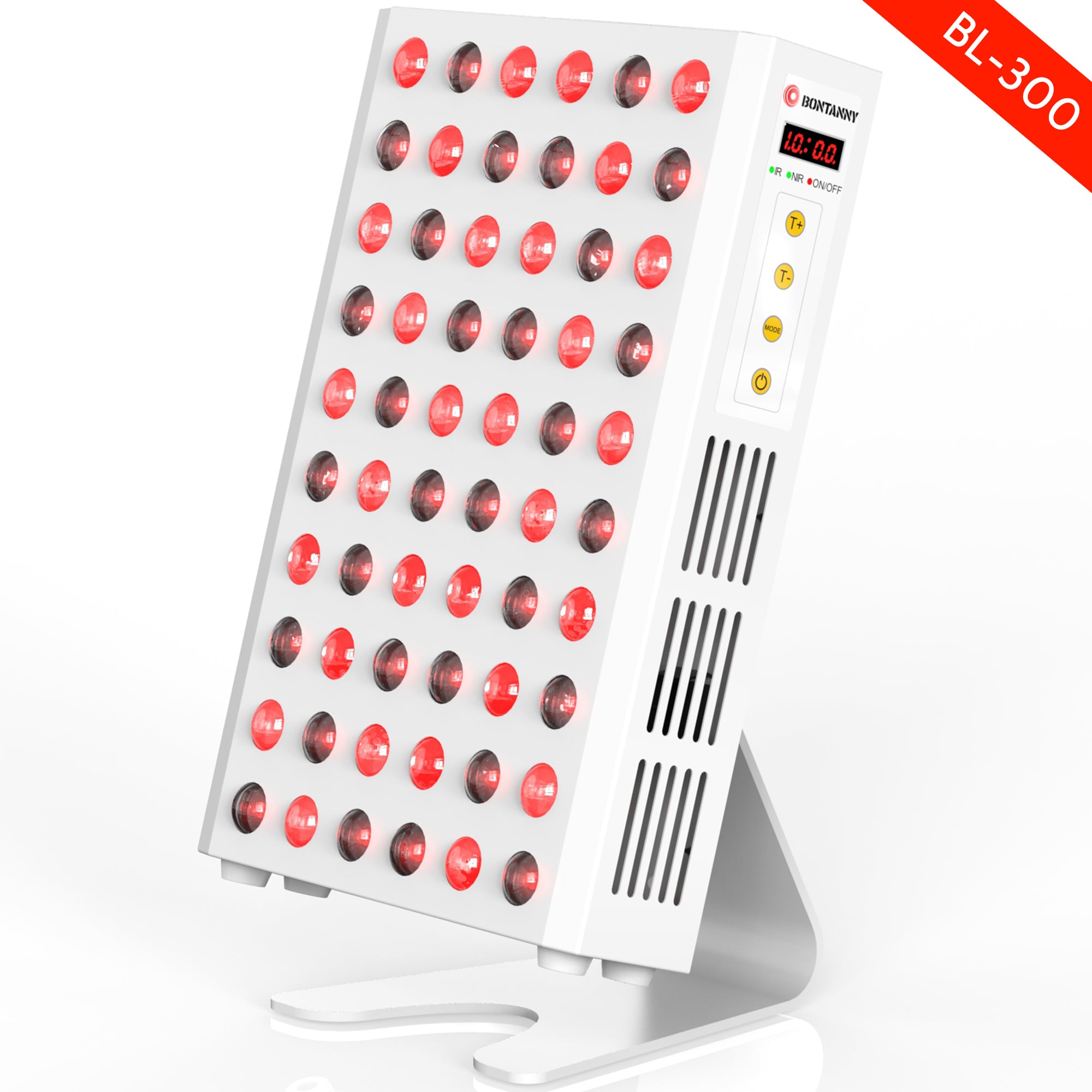
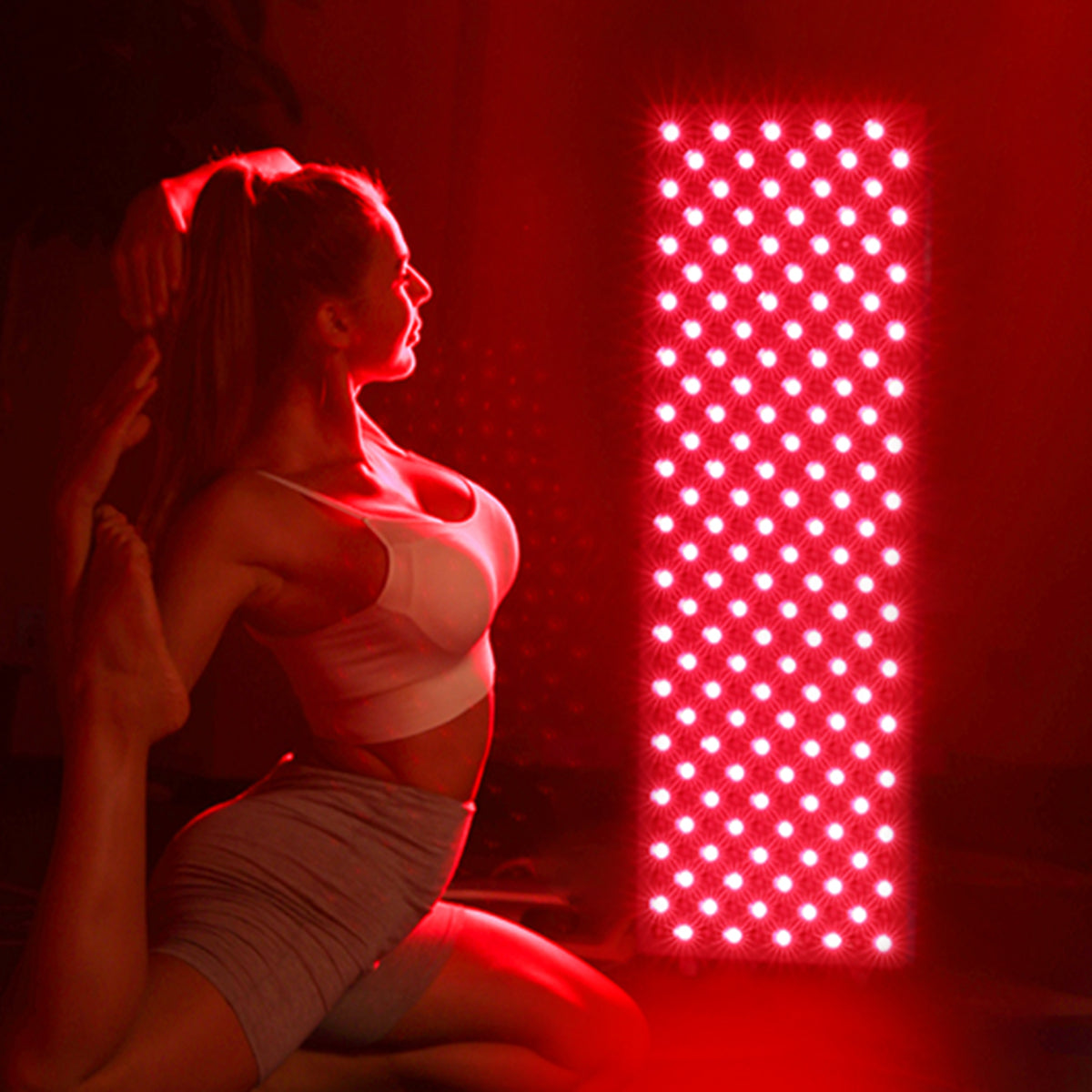
Leave a comment
This site is protected by hCaptcha and the hCaptcha Privacy Policy and Terms of Service apply.